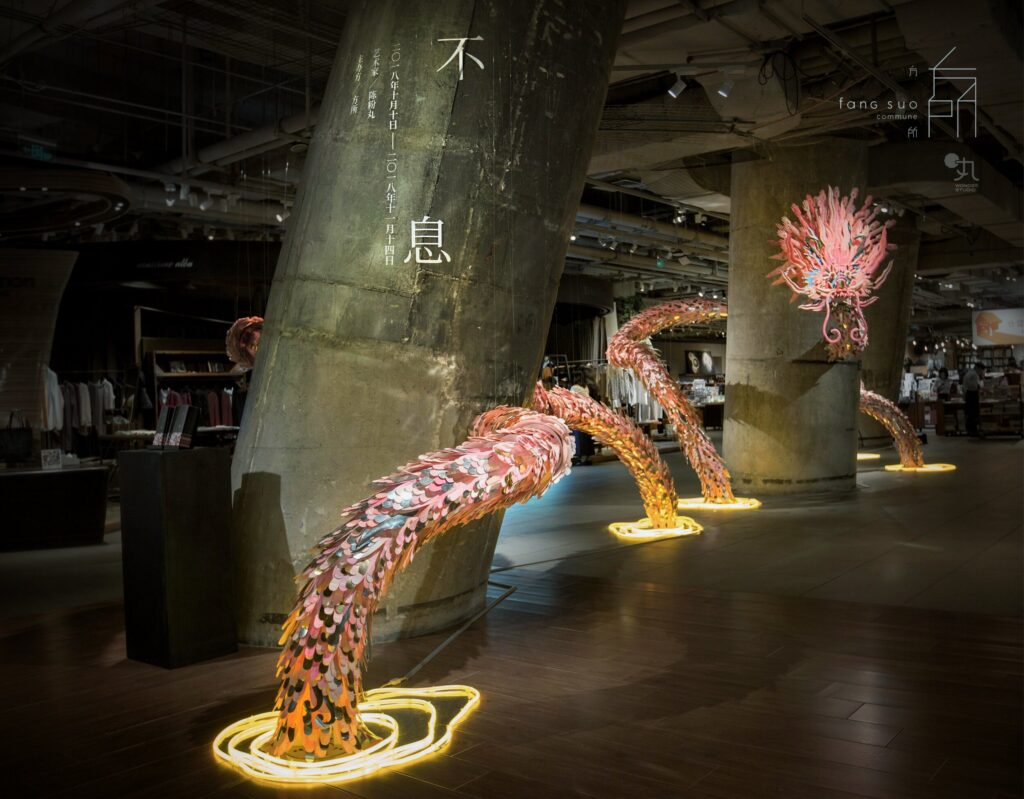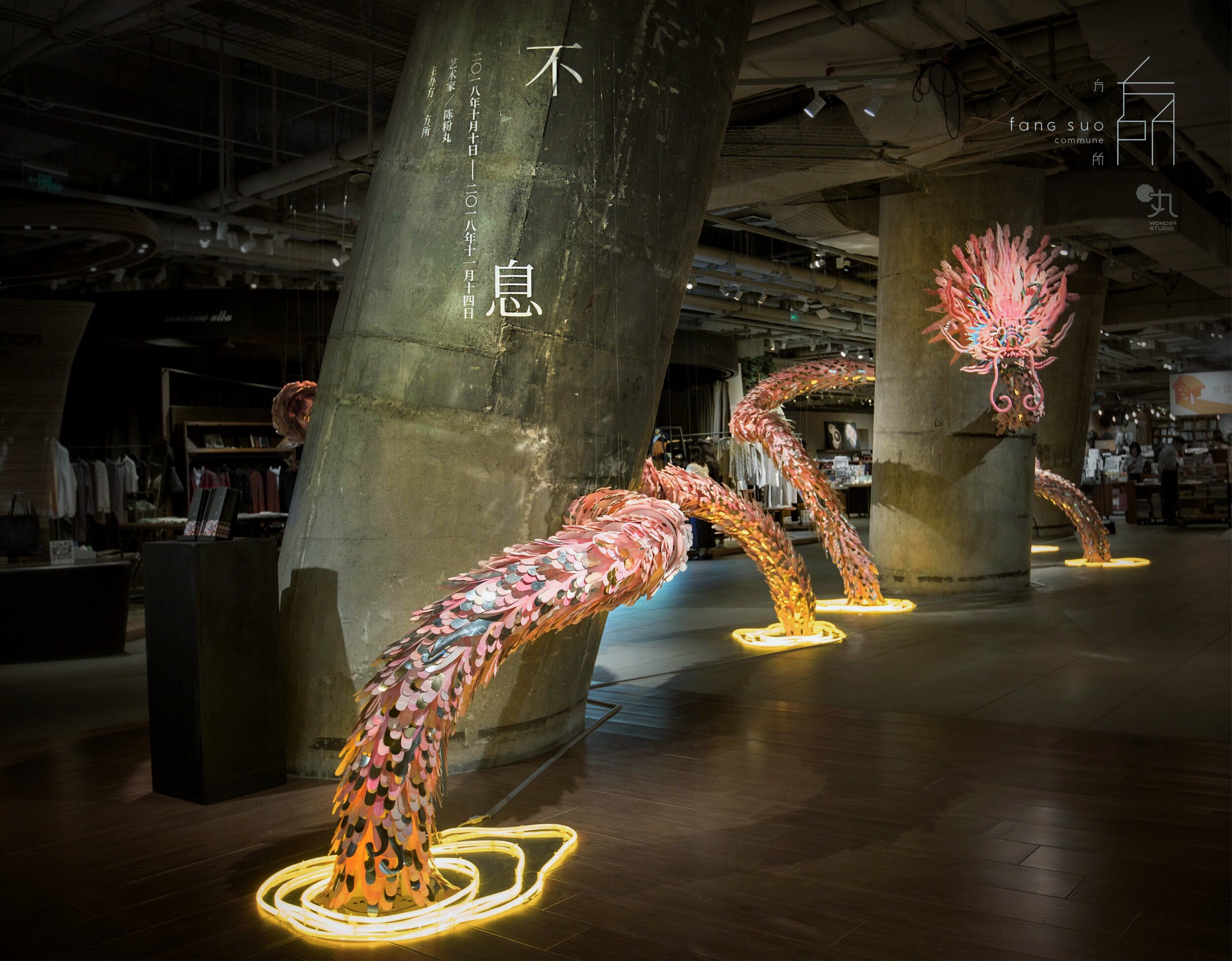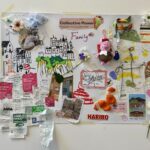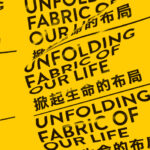Concept
When I was contemplating the marginalized intangible cultural heritages, I felt perplexed. This week I attended a tutorial. After chatting with my tutor, I became clearer about the intangible cultural heritage that I wish to focus on – Chinese paper-cutting. Chinese paper-cutting is a cultural heritage with a very long history and has significant protection value. In the era of mass production by machinery, handicrafts are often regarded as inefficient and outdated labour. Traditional handicrafts have also gradually lacked young inheritors. All these have led to a crisis of inheritance for paper-cutting. This is also the main reason why I wish to focus on this content.
This week, we also conducted a presentation within the group. The tutor raised a question to me: How to combine modernity and tradition? I have given this issue profound consideration.
Artist
I have come across a very outstanding young artist of the 90s generation – Chen Fenwan.(https://chenfenwan.com/)
Her works are filled with fantastic imagination. She often combines colorful paper with mechanical devices to create a sense of futurism. In her works, she breaks the plane limitation of paper-cutting and endows traditional craftsmanship with dynamics and interactivity.

Infinite, Paper art installation, 2017
For instance, in the work “Infinite”, through mechanical devices, elements such as the dragon body and branches and leaves of the paper-cutting are made to move. The “paper” is transformed from a fragile and static symbol into a dynamic living entity. After the audience touches the sensor, the paper dragon in the device rises and falls, as if breathing or swimming. Chen Fenwan retains the fine traces of hand-cut paper while introducing precise control from machinery, suggesting that the two are not opposed – machinery extends the possibilities of hands rather than replacing human creativity.
This made me ponder over the relationship between mechanization and traditional handicrafts. Therefore, I will continue to pay attention to this artist and her works and consider including her works in my exhibition as well.
Reference
chenfenwan. (n.d.). chenfenwan. [online] Available at: https://chenfenwan.com/.





fdavis
3 March 2025 — 09:23
BLOG FEEDBACK
It is good to see that you have acted on some of the advice from the last round of blog feedback – including more details on your own curatorial project development and some details on your collective work too.
Your Week 5 blog post usefully communicates the refined focus of your project – looking at paper cutting specifically – and I think the choice to focus in on a particular cultural heritage practice is a good one. The framing of this a “crisis of inheritance” is strong – is this a phrase you have come up with or is it taken from literature you’ve engaged with during your research process?
As you noted, I’d raised a question about how your project engaged with the contemporary as this is a requirement for the course. Chen Fanwen’s practice is a really good example of a contemporary artistic engagement with an older cultural practice. You note that you will consider paying attention to her works but it’s not clear exactly what this means – are they an artist that you are considering including in your project?
In your Week 3 blog post, you suggest you want to design your exhibition space as a “co-creation space”. Co-creation is a particular form of participation in which the work of art is co-created by artists and participants. The example project in this blog post would not be a form of co-creation and there isn’t a strong co-creative element in the curatorial pitch you presented.. If you want to develop a co-creative approach in your project, researching this as a mode of practice would be valuable. Considering Co-Creation, a research report published by Arts Council England (https://www.artscouncil.org.uk/research-and-data/considering-co-creation) and Francois Matarasso’s A Restless Art which can be accessed as a pdf on his website https://arestlessart.com/wp-content/uploads/2019/03/2019-a-restless-art.pdf
PEER FEEDBACK
Your peer feedback comments are not on your blog so I’ve not been able to provide feedback on these.
CURATORIAL PITCH FEEDBACK
Your presentation articulates both the form and focus of your curatorial project proposal and, through independent research, you’ve also identified a number of artistic works relevant to this theme.
Your conclusion slide posits a question that acts as a guiding enquiry for your exhibition: “when machines can do things faster and better, why should humans insist on manual work?” From your presentation, I’m not totally clear on what your position is in relation to this question. A number of the works you have chosen include digital technology in production or medium and seem to be making a case for the value of this to papercuttings present and future but your background slide frames mechanical reproduction as a challenge for paper cutting and your workshop appears to push against digital dependance. I’d encourage you to be more explicit about the guiding motivation. I think there is a degree of nuance in your consideration of reproduction technology and you need to ensure that this nuance is communicated clearly.
In your slide “Public”, you name a core focus group of digital refugees. However, the description you give seems to me to be of digital natives (those who have grown up with digital technology).
A foundational text on mechanical reproduction in the context of art is Walter Benjamin’s “The Work of Art in the Age of Mechanical Reproduction”.